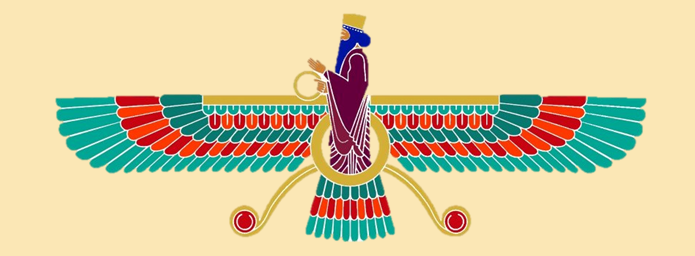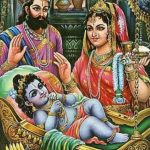Zoroastrianism in India
Zoroastrianism in India began particularly during the Sasanian period (the last period of the Persian Empire under Iran before the sudden rise of Islam in the 7th century period of 633 BCE–654 BCE) when Zoroastrians began moving to India in successive migrations to escape the Muslim conquest of Persia and eventual persecution.
Roots of ZoroastrianismIt traces its roots to the 2nd millennium BCE when it was the state religion in the pre-Islamic Iranian empires from around 600 BCE to 650 CE (for more than a millennium). They arrived in the Gujarat region of India primarily in the towns of Sanjan, Nausari, and Udvada, before mass migrating to Bombay (Mumbai) in the 19th Century.
Zoroastrianism is considered as one of oldest extant religions of the world. It has a blend of eschatological monotheism and cosmogonic dualism based on the teachings of prophet Zoroaster (or Zarathustra) who is considered as Ahura Mazda (Wise Lord) by his followers.
The religion believes in messianism (a messiah who is the chosen savior of humanity by God), heaven and hell, judgment after death (Temple of Silence where bodies are laid in the open after death), and free will of life.
Zoroastrian Beliefs
Zoroastrians believe in the religious texts of Avesta that includes poems written by Zoroaster called the Gathas in which the religion’s precepts and scripture are elucidated about. Zoroaster said that there is only one invisible God who is the sustaining force of the Universe and believed that human beings have a right of choice of life in which the consequences of their choices are their own responsibility.

The anti-god to Ahura Mazda is known as the Angra Mainyu (or Ahriman who was the devil). To ward off this evil, Zoroastrians worship the six primary Amesha Spentas (divine beings) and Yazatas (angles of God) so that forces born of Akəm Manah (evil thinking) by Angra Mainyu can be countered by meditation.
The religion believes in three main tenets: Humata, Hukhta, Huvarshta (Good Thoughts, Good Words, Good Deeds), one path of Truth to follow, and always do the right thing to earn beneficial rewards as per your behavior.

Water (apo, aban) and fire (atar, azar) are considered as pure in Zoroastrian cosmogony and it is considered that they are both life-sustaining. In Zoroastrian fire temples, both water and fire are kept to show the balance of life. Fire is considered a medium for gaining wisdom through spiritual insight and water is considered as the one true source of that wisdom.
Corpses are considered decaying hosts and according to scripture, they are to be safely disposed of in such a way that they do not pollute the ‘good’ creation in nature. Laying bodies in the open on top of the Towers of Silence are practiced mainly by Zoroastrian communities of the Indian subcontinent whereas other Zoroastrian communities around the world either cremate their dead or bury them in lime mortar graves.
Parsis in India are highly opposed to proselytizing (conversion) and Zoroastrians are highly encouraged to marry people of the same faith or they might face social banishment in extreme cases.
Parsis and Iranis have been central to the Indian Nationalist movement and considered as the pioneers of modern Indian industry. Parsi families have built iconic institutions of all kinds in India and they have had high participation in India’s armed forces and entertainment industry.
Zoroastrian Festivals
The Parsi calendar is divided into 12 months of equal length and five festal days. The five festal days are presided over by guardian angels. So are each of the other days of the year. So, loosely, every day of the year could be considered special.
The Zoroastrian calendar has six seasons in which a major feast known as Gahambars is celebrated in each season; these feasts are communal, hence non-Parsis are not allowed in them. In these festivals, apart from munificence, charity, temple-worship, and community interaction, Zoroastrians pledge themselves towards a life of justice and charity.

Since most of the Zoroastrians in India follow the Shehanshahi (Parsi calendar), their New Year’s Eve (Pateti) and New Year (Jamshed-E-Navroz), is celebrated in August. The Farvardin calendar followed by Iranis celebrates their New Year (Nowruz) in March on the day of the vernal equinox.
Other important Zoroastrian festivals are Khordad Sal (birthday of Zarathushtra), Muktad (All Souls’ Day), Zardosht (commemorating the death day of Zarathushtra), Adar roj nu Parab (birthday of fire). There are also festivals for paying respect to rains, fertility, water, birth, initiation (Navjote), Lagan (marriage) and death.











